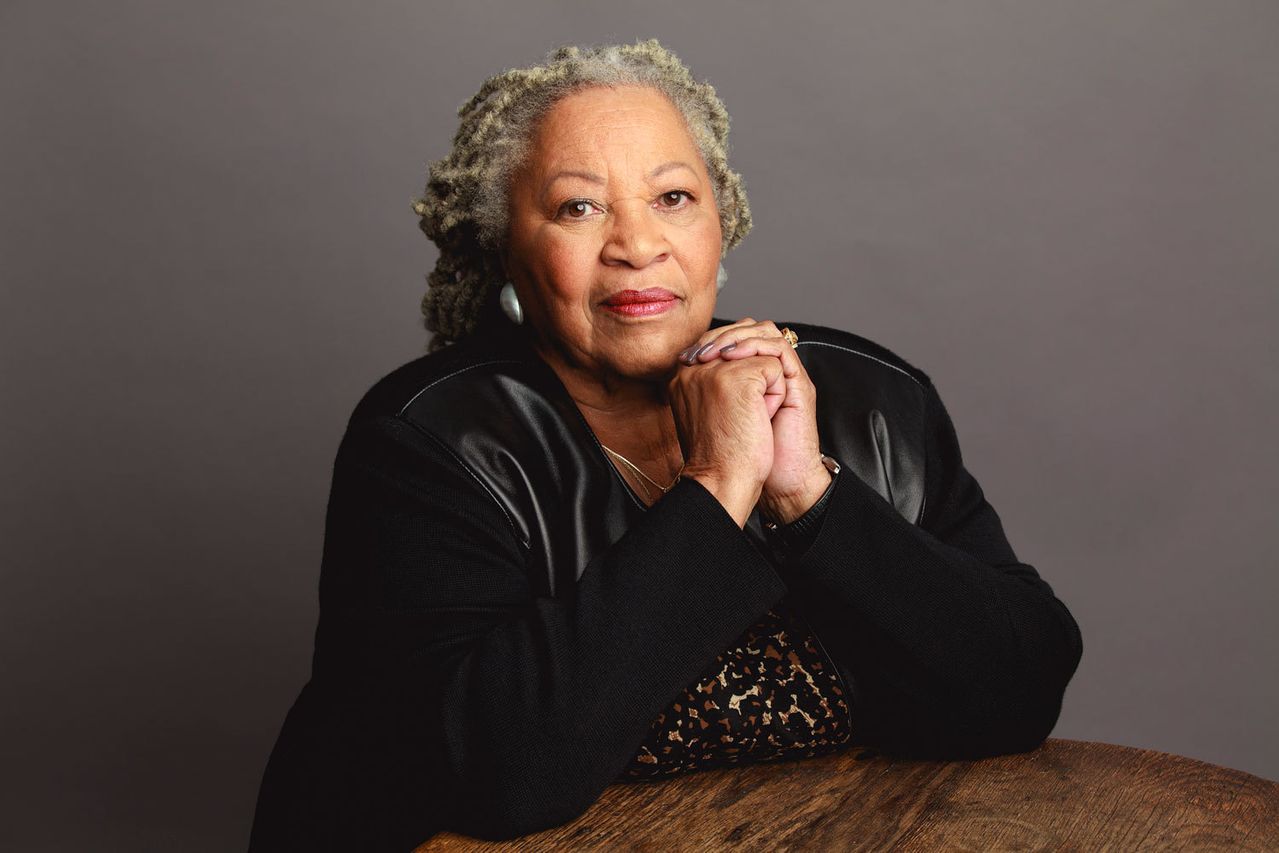Toni Morrison, who chronicled the African American experience in fiction over five decades, has died aged 88.
In a statement on Tuesday, August 6, 2019, her family and publisher Knopf confirmed that the author died in Montefiore Medical Center in New York on Monday night after a short illness.
Describing her as “our adored mother and grandmother”, Morrison’s family said: “Although her passing represents a tremendous loss, we are grateful she had a long, well lived life. While we would like to thank everyone who knew and loved her, personally or through her work, for their support at this difficult time, we ask for privacy as we mourn this loss to our family.”
Born in an Ohio steel town in the depths of the Great Depression, Morrison carved out a literary home for the voices of African Americans, first as an acclaimed editor and then with novels such as The Bluest Eye, Song of Solomon and Beloved. Over the course of a career that garnered honours including the Pulitzer prize, the Nobel prize, the Légion d’Honneur and a Presidential Medal of Freedom presented to her in 2012 by her friend Barack Obama, her work became part of the fabric of American life as it was woven into high school syllabuses up and down the country.
The house where Morrison was born in 1931 stands about a mile from the gates of the Lorain steel factory in Ohio – the first of a series of apartments the family lived in while her father added odd jobs to his shifts at the plant to make the rent. He defied his supervisor and took a second unionised job so he could send his daughter to college. After studying English at Howard University and Cornell, she returned to Washington DC to teach, marrying the architect Howard Morrison and giving birth to two sons.
In 1965, her marriage over after six years, she moved to upstate New York and began working as an editor. It was in Syracuse that she realised the novel she wanted to read didn’t exist, and started writing it herself.
“I had two small children in a small place,” she told the New York Times in 1979, “and I was very lonely. Writing was something for me to do in the evenings, after the children were asleep.”
The book she was missing took Morrison back to Lorain and a conversation she had had at elementary school. Writing in 1993, she remembered how she “got mad” when her friend told her she wanted blue eyes.
“Implicit in her desire was racial self-loathing,” Morrison wrote. “And 20 years later I was still wondering how one learns that. Who told her? Who made her feel that it was better to be a freak than what she was? Who had looked at her and found her so wanting, so small a weight on the beauty scale? The novel pecks away at the gaze that condemned her.”
Read more at The Guardian







